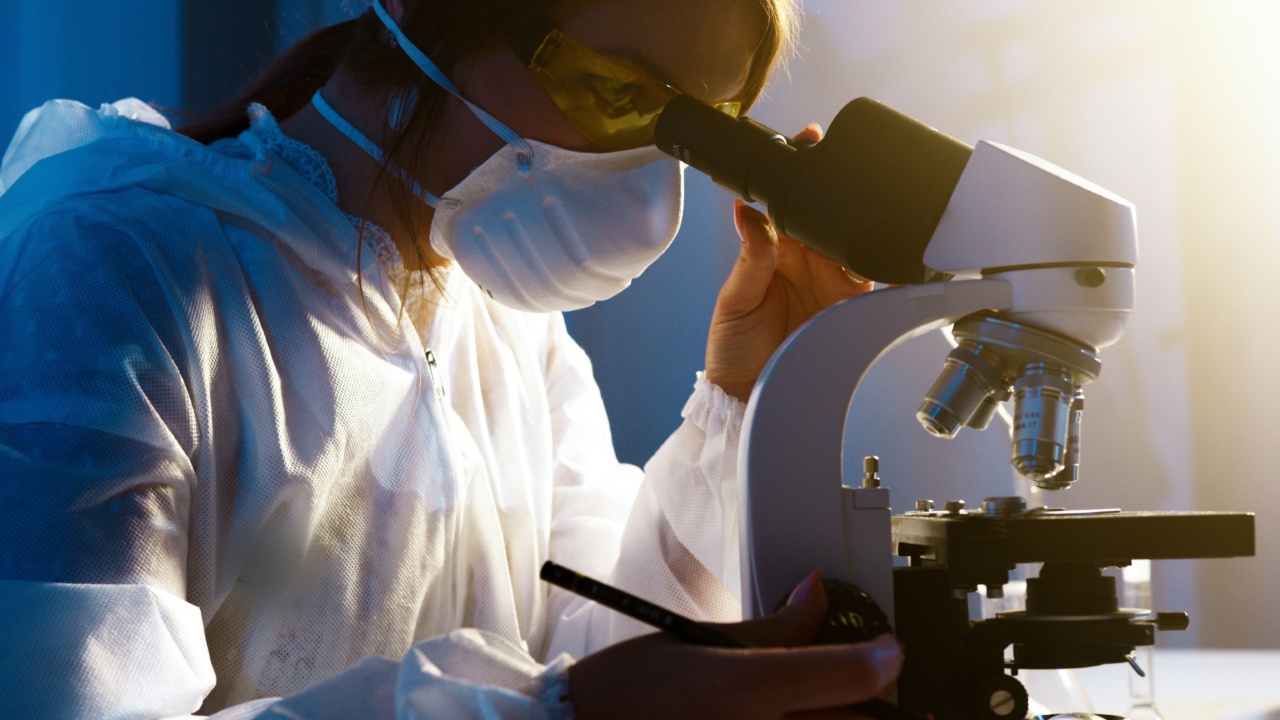Amniocentesis is a medical procedure during which a small amount of amniotic fluid is taken from the uterus of a pregnant woman in order to test for various genetic disorders and fetal abnormalities.
While this is a common procedure and is considered safe by medical professionals, there are still some risks associated with it. In this article, we will examine the safety of amniocentesis and explore the potential risks involved.
What is Amniocentesis?
Amniocentesis is a prenatal diagnostic test that is typically performed during the second trimester of pregnancy.
During the procedure, a thin needle is inserted through the woman’s abdomen and into the uterus in order to extract a small sample of amniotic fluid. This fluid contains cells from the developing fetus, which can be analyzed for genetic abnormalities, such as Down syndrome and cystic fibrosis.
Why is Amniocentesis Performed?
There are several reasons why a woman may undergo an amniocentesis procedure. One reason is to test for genetic disorders or chromosomal abnormalities in the fetus.
This can be helpful for parents who have a family history of certain disorders, are over the age of 35, or have other risk factors.
Another reason why amniocentesis may be performed is to test for fetal lung maturity. This is important for women who are at risk of preterm labor, as it can help doctors determine whether or not the baby is ready to be delivered.
What are the Risks of Amniocentesis?
While amniocentesis is generally considered safe, there are some risks involved. One of the primary risks is miscarriage, which occurs in approximately 1 out of every 400 to 500 procedures. This risk is highest in the first two weeks after the procedure.
Other potential risks include infection, bleeding, and damage to the fetus. These risks are relatively rare, and most women undergo the procedure without experiencing any complications.
How is Amniocentesis Performed?
Before the procedure, the woman’s abdomen is cleaned with an antiseptic solution. The doctor will then use an ultrasound machine to locate the position of the fetus and the placenta.
Once the needle is inserted, a small amount of amniotic fluid is drawn out and collected in a sterile container.
The procedure usually takes about 30 minutes, and the woman may experience some mild discomfort during the process. After the procedure, the woman is typically advised to rest for the remainder of the day.
Who is a Candidate for Amniocentesis?
Amniocentesis is typically recommended for women who are at increased risk of having a child with genetic abnormalities or chromosomal disorders.
This may include women who are over the age of 35, have a family history of genetic disorders, or have had previous pregnancies with chromosomal abnormalities.
The procedure may also be recommended for women with abnormal results on initial prenatal screening tests, such as the nuchal translucency test or the quad screen.
Conclusion
Overall, amniocentesis is a safe and effective procedure for diagnosing genetic disorders and fetal abnormalities in pregnant women.
While there are some risks involved, these risks are relatively rare and most women undergo the procedure without experiencing any complications.
If you are pregnant and are at risk of having a child with a genetic disorder or chromosomal abnormality, talk to your doctor about whether or not amniocentesis is right for you.


























